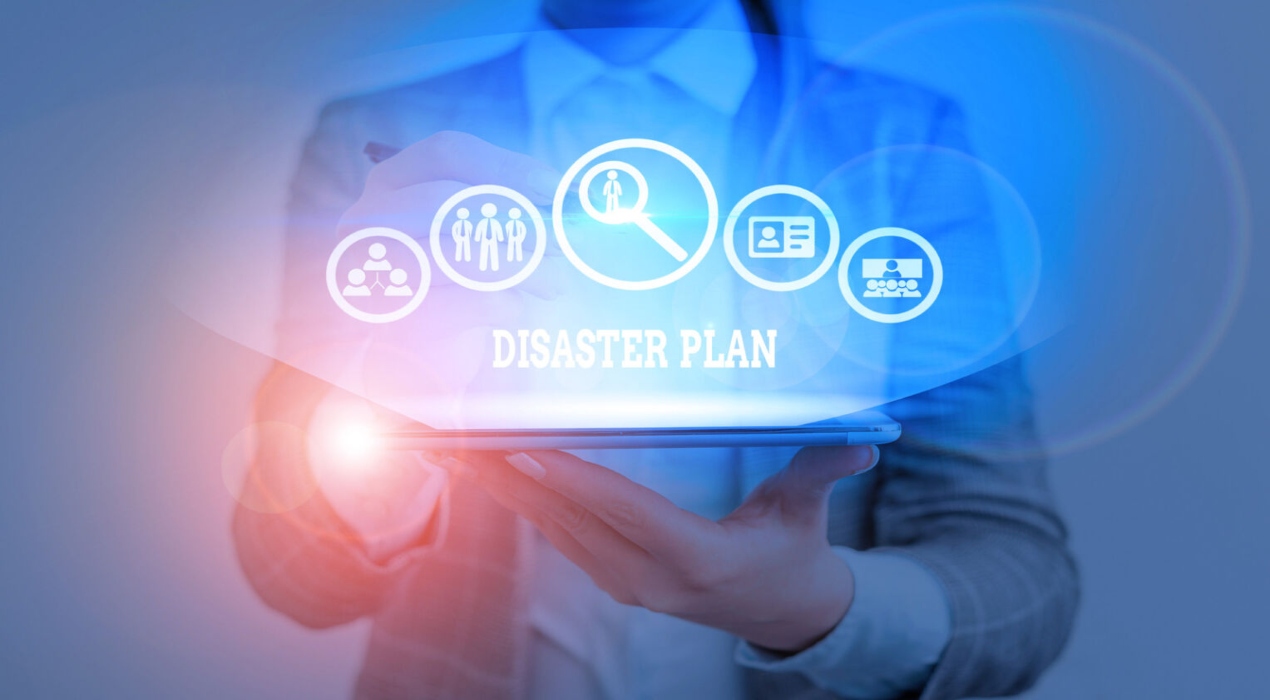
Twenty-four mayors from Region 10 have taken a momentous step toward forging a more disaster-resilient Mindanao. Their commitment was palpable as they simultaneously inked a memorandum of understanding (MoU) with the Department of Science and Technology (DOST) during the recently held 2023 HANDA Pilipinas Expo.
The presence of DOST Secretary Dr Renato U Solidum, Jr and Undersecretary for Regional Operations Engr Sancho A Mabborang lent a momentous air to this occasion, underscoring the significance of this collective pledge.
The MoU signifies a pact to collaborate with DOST and various stakeholders. Together, they aim to fulfil the objectives of the HANDA Pilipinas Expo while strategically planning Disaster Risk Reduction (DRR) projects.
As the Local Government Units (LGUs) extend their hand in partnership, the DOST reciprocates by pledging to introduce a suite of cutting-edge Disaster Risk Reduction (DRR) technologies and innovations. In this collaborative endeavour, the DOST will offer critical technical support for the development and seamless execution of identified DRRM projects.
This comprehensive support includes early warning systems, as well as advanced hazard assessment platforms like GeoRisk PH, and its risk assessment applications such as HazardHunter PH, GeoAnalytics PH, GeoMapper PH, PlanSmart, FaultFinder, and 3D EarthRisk, as necessary.
The infusion of digital technology plays an irreplaceable role in this collective mission to fortify early warning systems and hazard assessment platforms. By harnessing these technologies, such as GeoRisk PH, the system seamlessly integrates data from a multitude of sources, including seismic sensors, weather stations, and satellite data.
This intricate web of information allows for a comprehensive evaluation of natural disasters and hazards, culminating in a deeper understanding of potential risks and their implications.
GeoRisk PH, one of the cornerstones of this initiative, harnesses the power of digital technology for risk assessment. It meticulously processes vast datasets and undertakes complex risk modelling. This leads to the calculation of vulnerabilities in regions and structures, offering a glimpse into potential losses.
The system’s advanced simulation tools, meanwhile, enable the forecasting of different hazard scenarios, from earthquakes to floods, enabling stakeholders to proactively plan for a resilient future.
The GeoAnalytics PH utilises the arsenal of digital tools at its disposal, it crafts interactive visualisations that empower stakeholders to gain a deeper understanding of hazard data, facilitating more informed decisions. Predictive analytics take centre stage here, allowing for the anticipation of potential hazards and the formulation of strategic risk mitigation plans.
GeoMapper PH, on the other hand, is armed with digital mapping technology that is invaluable for crafting detailed hazard maps. These maps serve as critical tools for identifying high-risk areas and devising mitigation strategies. When integrated with Geographic Information Systems (GIS), a more profound level of geospatial analysis becomes possible, offering a holistic approach to hazard assessment.
PlanSmart steps into the limelight with a focus on emergency planning. Digital technology powers the creation of response plans, meticulously tailored to real-time data and hazard predictions. Effective communication with emergency services and the public is facilitated through various digital channels, ensuring a cohesive and synchronised response to disasters.
FaultFinder emerges as a pivotal player. It harnesses digital technology to scrutinise tectonic plate movements and seismic activity; while the 3D EarthRisk takes a groundbreaking approach by leveraging digital technology to provide three-dimensional visualisations of geological features and seismic activity.
In a heartening display of commitment, the LGUs also pledged to wholeheartedly adopt and utilise DOST’s DRR technologies and innovations. Furthermore, they will facilitate training for their DRRM officers, ensuring proficiency in the use of multi-hazard assessment platforms and risk assessment applications.
















